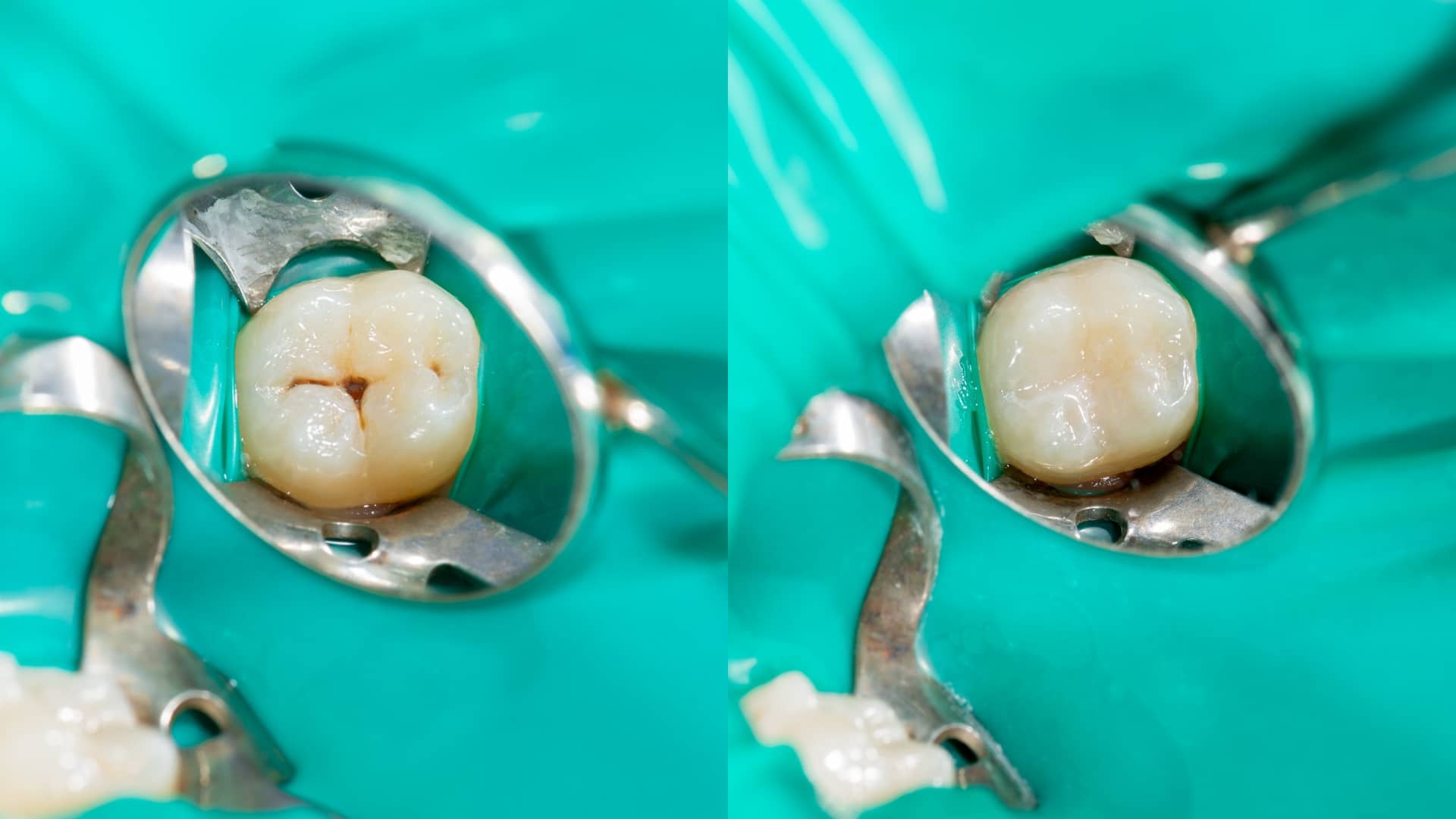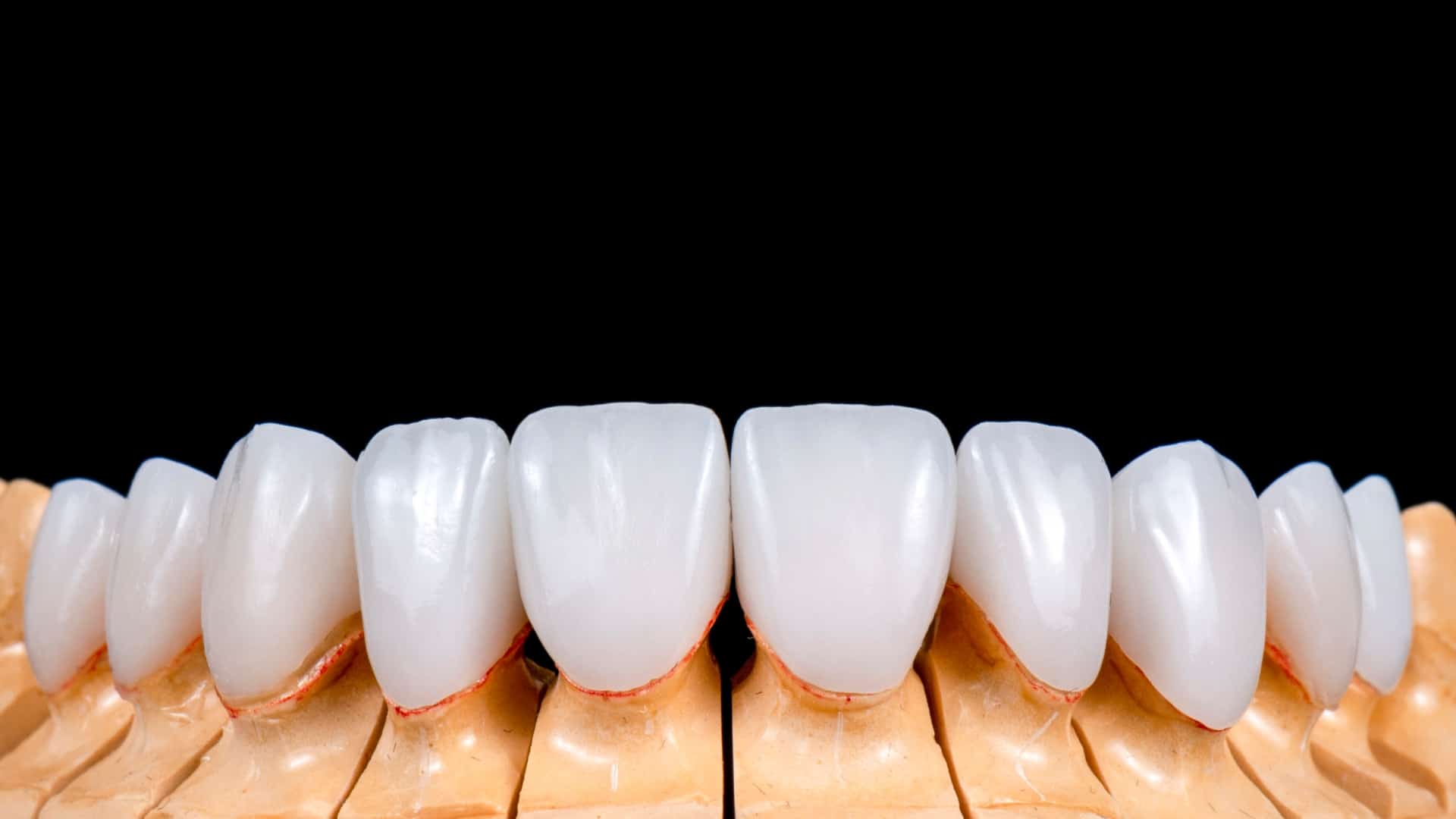
Paediatric care
Paediatric dental care Primary teeth, also known as baby teeth, play an important role in a child’s overall health and development. They help children learn

Cosmetic dental fillings refer to fillings that are used to improve the appearance of teeth, in addition to restoring function and preventing further decay. They are typically made of tooth-colored materials such as composite or porcelain, and can be used to fill cavities or to repair chipped, cracked, or discolored teeth.
Composite dental fillings are made of a mixture of fine glass or quartz particles, and a resin material. The fine particles provide strength and durability, while the resin binds the particles together and gives the filling the ability to bond to the tooth. The resin is typically a type of plastic that is reinforced with glass particles to make it more durable. The composite filling material can be closely matched to the color of the natural tooth, making it a popular choice for filling cavities in visible front teeth. The material is applied in a putty-like consistency and cured using a special light.
Additionally, some composite filling materials contain fluoride which helps to strengthen the tooth structure and prevent further decay. Some composite fillings also contain nanoparticles like silver or other antimicrobial agents that can help to prevent new bacteria from colonizing the filling.
There are several different types of dental fillings available, each with their own unique benefits and drawbacks. The most common types of fillings are:
Your dentist will help you decide which type of filling is best for you based on the location and size of the cavity, your budget and your personal preferences.
Also known as inlays or onlays, these fillings are made of porcelain material and are custom-made in a laboratory. They can be closely matched to the color of the natural tooth and are known for their durability and longevity. They are also more expensive than other types of fillings and the placement may require more than one visit.
These fillings are made of a mixture of glass and acrylic and release fluoride to help strengthen the tooth structure and prevent decay. They are not as durable as other types of fillings and may need to be replaced more often.
Your dentist will help you decide which type of filling is best for you based on the location and size of the cavity, your budget and your personal preferences.
There are several reasons why a dentist may place a dental filling:
The most common reason for placing a filling is to repair a cavity caused by tooth decay. Bacteria in the mouth can produce acid that eats away at the tooth enamel, creating a hole or “cavity” that needs to be filled to prevent further decay.
If a tooth is cracked or chipped, a filling can be used to repair the damage and restore the tooth’s strength and function.
Over time, teeth can become worn down due to normal use, and a filling can be used to restore the lost tooth structure.
If a tooth is sensitive to hot or cold temperatures, a filling can be used to cover and protect the exposed nerve, reducing sensitivity.
Impacted teeth are often the result of a lack of space in the mouth or problems with the position of the tooth. They can occur with any type of tooth, but they are most common with wisdom teeth (also known as third molars). Impacted teeth can cause pain, infection, and damage to adjacent teeth if not treated. Treatment for impacted teeth may include extracting the tooth
In some cases, fillings may be placed for cosmetic reasons, such as to improve the appearance of a discolored or misshapen tooth.
It’s important to note that a filling is a temporary solution and the underlying problem should be address as well, regular check-ups and good oral hygiene are crucial to prolong the life of the filling and the tooth.
Here is a general walkthrough of what you can expect during a dental filling visit:
Your dentist will examine your teeth and gums to determine if a filling is needed. They will also discuss the different types of fillings available and help you choose the best option for your needs.
The area around the tooth will be numbed with a local anesthetic to minimize any discomfort. Your dentist will then use a drill or an air abrasion device to remove any decay and shape the tooth to make room for the filling.
Once the tooth is prepared, the filling material will be placed in the tooth and shaped to fit the space. A special light may be used to harden the filling material.
After the filling is placed, your dentist will polish the tooth to give it a smooth surface. They will also check your bite to make sure it is comfortable and that your teeth are coming together properly.
Your dentist will schedule a follow-up appointment to check the filling and make sure it is holding up well. They will also remind you about oral hygiene and care.
It’s important to note that the duration of the procedure may vary depending on the size and location of the filling, and the type of material being used. Additionally, it’s important to let your dentist know if you have any allergies or sensitivities to the materials used in the filling.

Paediatric dental care Primary teeth, also known as baby teeth, play an important role in a child’s overall health and development. They help children learn

Veneers Dental veneers are thin, custom-made shells that are designed to cover the front surface of teeth. They are typically made of porcelain or composite

Dental care Dental care refers to the maintenance and treatment of teeth and gums to prevent oral diseases and keep them in good health. This

Dental Extraction Dental extraction is a procedure in which a tooth is removed from the mouth. Extractions may be necessary for a variety of reasons,

Root canal treatment Root canal treatment is a dental procedure that is used to repair and save a tooth that is infected or damaged. It
For further information and to book your appointment
Al Itqan Dental Clinic © 2024. All rights reserved